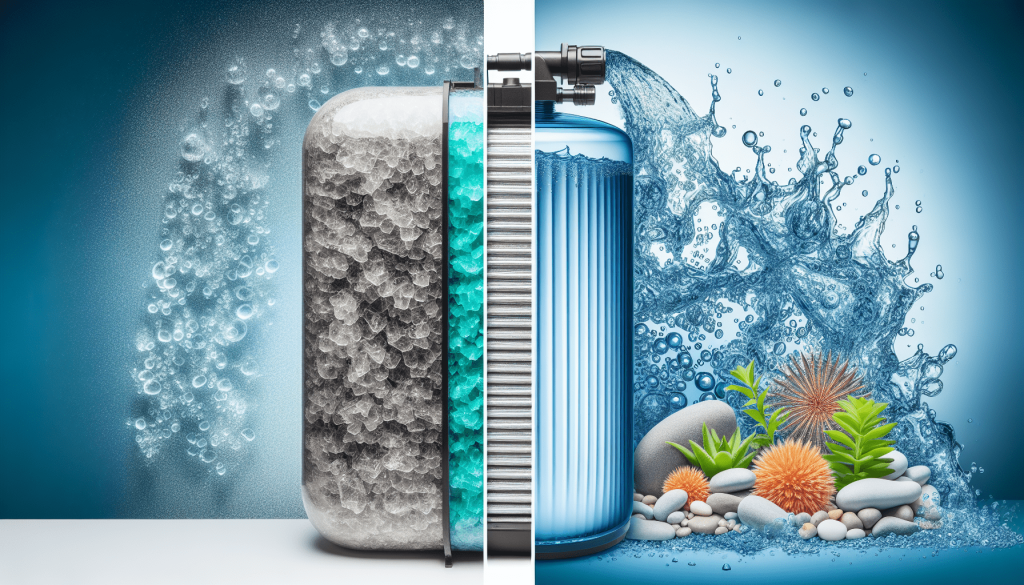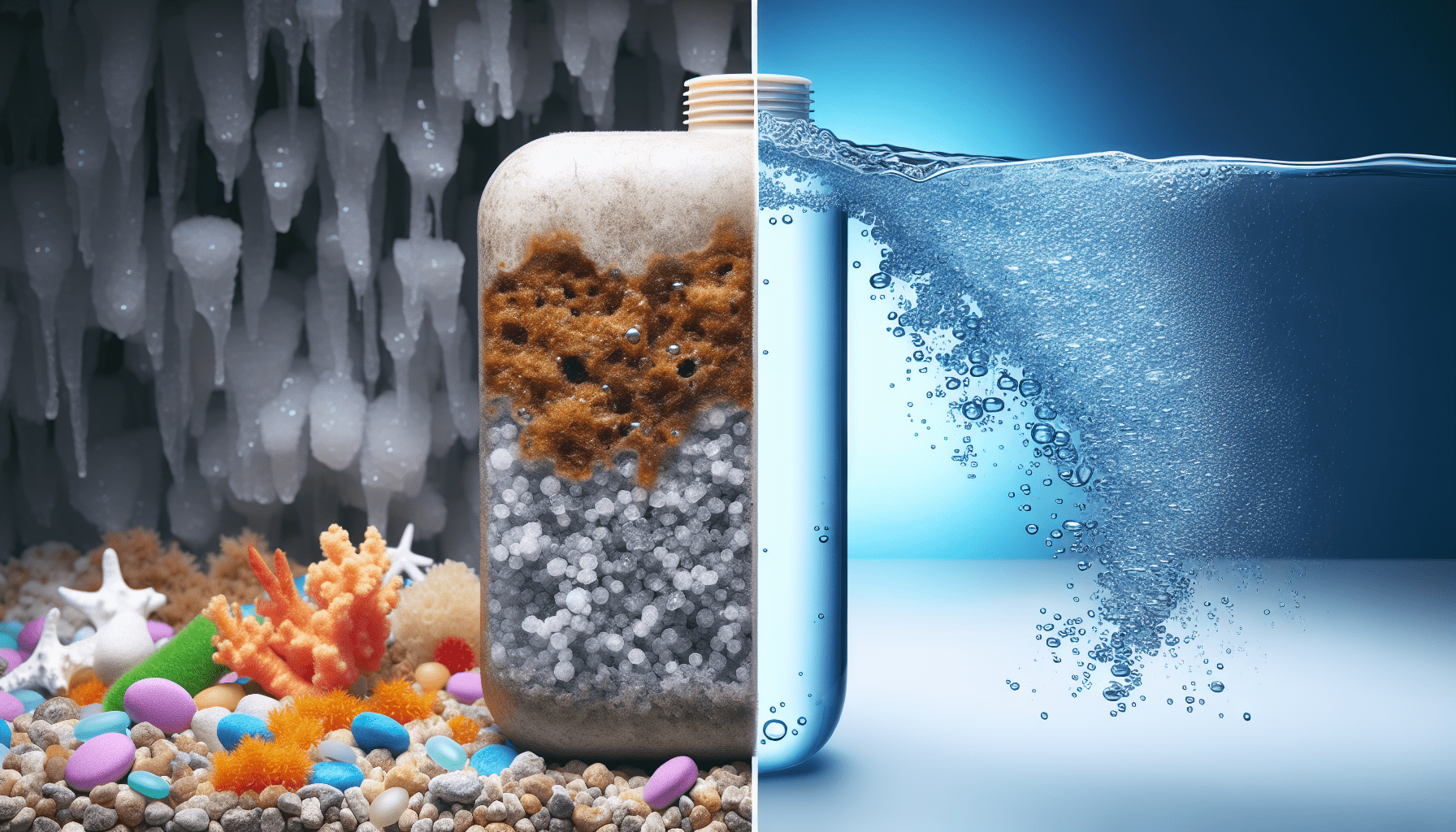Imagine stepping into a warm and soothing shower after a long day, only to be greeted by hard water that leaves a film on your skin and a dullness to your hair. If you’ve been noticing such signs lately, it may be time to consider whether your trusty water softener is in need of a replacement. Don’t worry, we’ve got you covered! In this article, we’ll explore the telltale signs that indicate your water softener might be approaching the end of its lifespan, helping you make an informed decision to keep your water flowing smoothly.
Decreased Efficiency
Decreased soap lather
If you’ve noticed a decrease in the lather of your soap, it could be a sign that your water softener needs to be replaced. Hard water contains minerals such as calcium and magnesium, which can inhibit the effectiveness of soap. When your water softener is working properly, it removes these minerals, allowing soap to lather and clean effectively. However, over time, the resin in your water softener can become worn out and less efficient at removing minerals, leading to decreased soap lather.
Hard water stains
Hard water stains are another clear indication that your water softener may need to be replaced. When hard water evaporates, it can leave behind unsightly mineral deposits on your dishes, sinks, and fixtures. These stains can be difficult to remove and can make your home look dirty and unkempt. If you’ve noticed an increase in the occurrence and intensity of hard water stains, it’s time to consider replacing your water softener.
Mineral buildup
Mineral buildup is a common problem in areas with hard water. Over time, these minerals can accumulate in your pipes, appliances, and fixtures, causing clogs and reducing their overall efficiency. If you’ve noticed a decrease in water pressure or a buildup of limescale in your appliances, it may be a sign that your water softener is no longer effectively removing minerals from your water. Replacing your water softener can help prevent further damage to your plumbing system and appliances.
Age of the Water Softener
Typical lifespan of a water softener
Water softeners typically have a lifespan of about 10 to 15 years. However, this can vary depending on the quality of the unit and how well it has been maintained over the years. If your water softener is more than a decade old, it may be nearing the end of its lifespan and may not be operating at peak efficiency anymore.
Manufacturer’s recommendations
It’s important to refer to the manufacturer’s recommendations when it comes to the lifespan of your water softener. Different brands and models may have different suggested replacement periods. Checking the manual or contacting the manufacturer can give you a better idea of when it’s time to replace your water softener.
Technological advancements
Over time, there have been significant technological advancements in water softener systems. Newer models are often more efficient, compact, and environmentally friendly than older ones. If your water softener is outdated, you may be missing out on the benefits of these advancements. Upgrading to a newer model can improve the performance and efficiency of your water softener, leading to better water quality and lower maintenance costs in the long run.
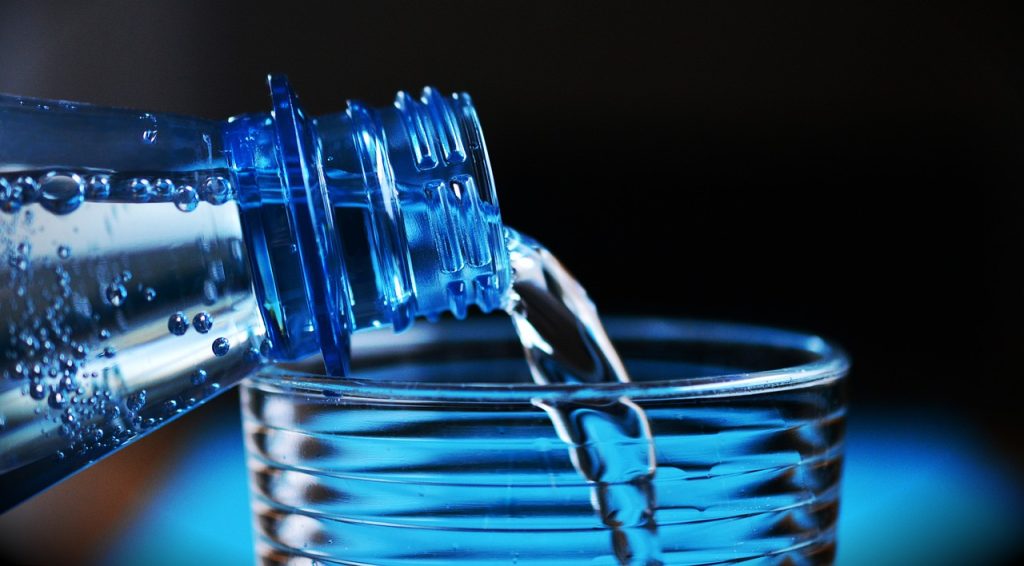
Water Hardness Levels
Testing water hardness
If you suspect that your water softener may need to be replaced, it’s important to test the hardness of your water. There are DIY testing kits available that can give you a rough estimate of your water’s hardness. However, for a more accurate measurement, it’s best to contact a professional to perform a proper water analysis. This will help you determine the severity of your hard water problem and whether or not your current water softener is effectively treating it.
Change in hardness levels
If the hardness levels in your water have significantly increased since you last tested it, it may be an indication that your water softener is no longer functioning properly. Hardness levels can fluctuate due to various factors, such as changes in the water source or the condition of your water softener. Monitoring these changes can help you identify if your water softener needs replacement.
Effect on appliances
Hard water can have a detrimental effect on your appliances. The minerals in hard water can accumulate in appliances such as dishwashers and washing machines, leading to poor performance and premature wear and tear. If you’ve noticed that your appliances are not working as efficiently as they used to or are requiring frequent repairs, it may be a sign that your water softener is not effectively removing the minerals from your water. Replacing the water softener can help protect your appliances and extend their lifespan.
Salt Usage
Increased salt consumption
One of the signs that your water softener may need to be replaced is an increase in salt consumption. Water softeners use salt to regenerate the resin beads that remove the minerals from your water. If you’ve noticed that you’re replenishing the salt in your water softener more frequently than before, it could be an indication that your system is not operating efficiently. This increased salt usage can lead to higher maintenance costs and a less effective water softening process.
Excess brine tank refill
An inefficient water softener may require more frequent refilling of the brine tank. The brine tank is where the salt is stored and dissolved to regenerate the resin beads. If you find yourself refilling the brine tank more often than usual, it could be a sign that your water softener is not properly using the salt to regenerate the resin beads. Replacing the water softener can help restore its efficiency and reduce the need for constant refilling.
Salt bridging
Salt bridging occurs when a hard layer of salt forms at the top of the brine tank, preventing the water from properly dissolving the salt and inhibiting the regeneration process. If you regularly observe salt bridging in your brine tank, it could be an indication that your water softener is not functioning correctly. Replacing the water softener can help eliminate salt bridging issues and improve the overall efficiency of the system.
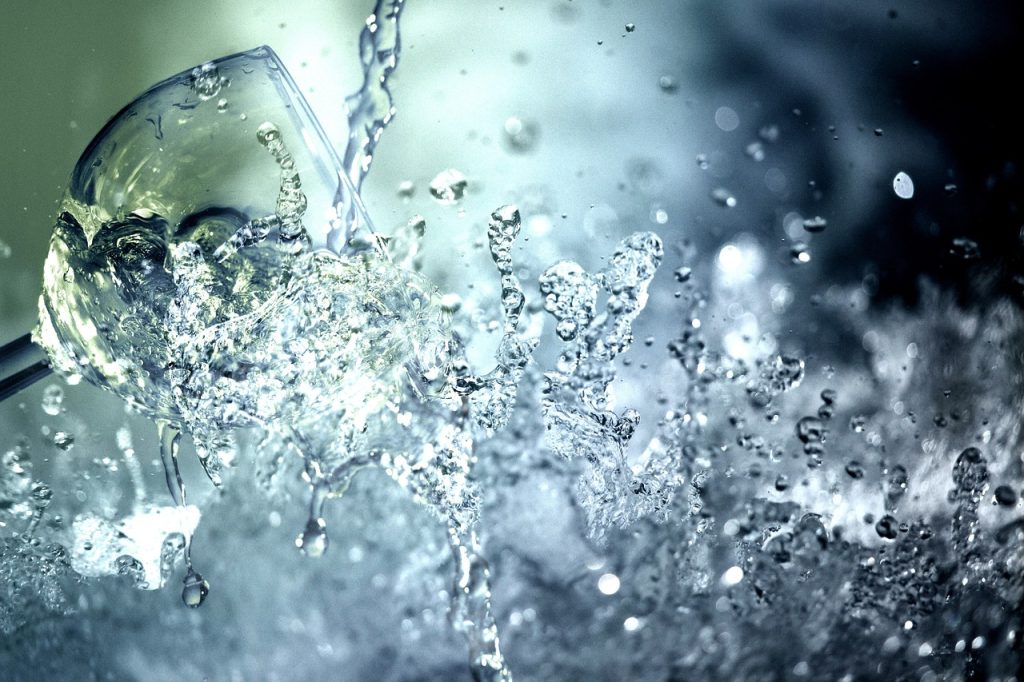
Water Tastes or Smells Different
Presence of sulfur smell
If you notice a strong sulfur smell in your water, it’s time to consider replacing your water softener. The presence of a sulfur smell is often an indication that your water softener is no longer effectively removing hydrogen sulfide, a gas commonly found in well water. This can result in an unpleasant odor when using the water for daily activities such as bathing or washing dishes. Replacing the water softener can help eliminate the sulfur smell and improve the quality of your water.
Strange taste in water
Water softeners are designed to remove the minerals that can give your water a metallic or bitter taste. If you’ve noticed a strange taste in your water, it may be a sign that your water softener is not effectively removing these minerals. This can be particularly concerning if you rely on your water for drinking and cooking. Replacing your water softener can help ensure that your water tastes fresh and clean.
Drinking water quality
If you use a water softener for your drinking water, it’s important to regularly test the quality of the water. Over time, a water softener that is no longer functioning properly may not adequately remove contaminants, such as bacteria or heavy metals, from the water. Testing the drinking water quality can help identify whether your water softener is still providing safe and clean drinking water. If there are concerns about the quality, consider replacing the water softener to ensure the health and safety of your household.
Malfunctioning Controls
Error messages
If you’re receiving error messages or error codes on your water softener control panel, it could be a sign that your system needs to be replaced. These error messages indicate that there is a malfunction or a problem with the control unit, which can significantly impact the performance of the water softener. Replacing the water softener can help resolve these issues and ensure that your system operates smoothly.
Inaccurate readings
An aging water softener may provide inaccurate readings on the control panel. This can make it difficult to monitor the performance of the system and adjust the settings accordingly. Inaccurate readings can result in inefficient water softening and lead to increased energy consumption and salt usage. If you’re noticing inconsistent or incorrect readings on your water softener, it may be time to consider a replacement.
Failure to regenerate
Regeneration is an essential process that water softeners undergo to clean and recharge the resin beads. If your water softener is failing to regenerate properly or not regenerating at all, it’s a clear indication that there is a problem. This can result in hard water entering your plumbing system and appliances, leading to the issues discussed earlier. Replacing the water softener is necessary to ensure that the regeneration process is carried out effectively.

Visible Wear and Tear
Cracks or leaks
Inspecting your water softener regularly for any visible wear and tear is important. Cracks or leaks in the tanks or pipes can indicate structural damage and may lead to water damage in your home. If you’ve noticed any signs of cracks or leaks, it’s recommended to replace your water softener promptly to prevent further damage and potential flooding.
Rusty or corroded parts
Examine the components of your water softener for signs of rust or corrosion. Rusty parts can signify water damage or deterioration, which can compromise the functionality of your water softener. If you notice rust or corrosion on any of the parts, it’s a strong indication that your water softener needs to be replaced.
Worn-out resin tank
The resin tank is a critical component of a water softener as it contains the resin beads that remove the minerals from the water. Over time, the resin tank can become worn out and less efficient at performing its function. If you observe significant wear and tear or damage to the resin tank, it’s a clear sign that it needs replacement. A worn-out resin tank will not be able to effectively soften your water, leading to the problems discussed earlier.
Frequent Mechanical Failures
Motor issues
A water softener that frequently experiences motor issues is likely in need of replacement. Motor failures can disrupt the regeneration process and prevent the system from operating properly. If you’ve noticed that your water softener is experiencing frequent motor issues or making unusual noises, it’s time to consider replacing it to avoid further mechanical failures.
Valve malfunctions
Water softeners rely on control valves to regulate the water flow and regeneration cycles. If the valves malfunction or become stuck, it can disrupt the flow of water and affect the overall performance of the system. If you’ve been experiencing valve malfunctions or notice that the valves are not operating as they should, it’s important to replace your water softener to ensure that the valves are functioning properly.
Continuous repairs and replacements
If your water softener requires frequent repairs or parts replacements, it may be an indication that it’s reaching the end of its lifespan. Constant maintenance can be costly and time-consuming, and it’s often more cost-effective to replace the system rather than continually repairing it. Additionally, constantly having to repair or replace parts can be a hassle and disrupt your daily routine. Consider replacing your water softener to avoid further inconvenience and expenses.
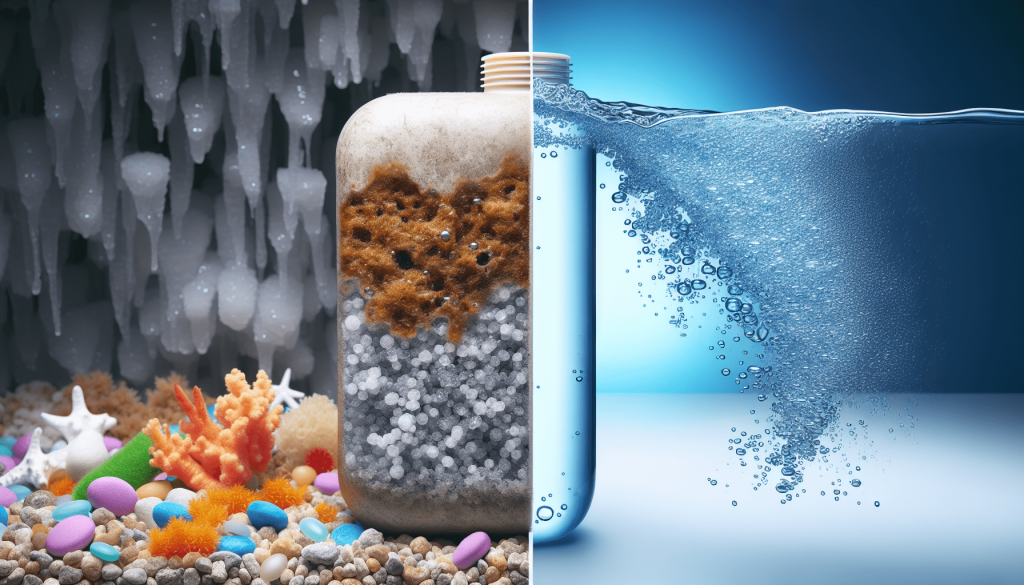
Increased Water Bills
Higher water consumption
If your water bills have been increasing without any obvious reasons, your water softener may be to blame. An inefficient water softener can lead to higher water consumption as it may fail to soften the water effectively. This can result in more water being used for daily activities such as bathing, laundry, and dishwashing. Replacing the water softener can help reduce water consumption and lower your monthly bills.
Water softener inefficiency
An aging water softener may become less efficient over time due to wear and tear, resulting in higher water bills. Inefficiency can be caused by various factors, such as clogged pipes, worn-out resin beads, or malfunctioning components. If you’ve observed a decrease in the performance of your water softener and an increase in your water bills, it’s a clear sign that you should consider replacing the system.
Running constantly
If you notice that your water softener is running constantly, even when there is no water demand, it may be a sign of a malfunction. Continuous running can lead to unnecessary water wastage and significantly impact your water bills. Additionally, the constant strain on your water softener can cause further damage and result in frequent breakdowns. Replacing the water softener can help eliminate the issue of constant running and restore efficiency.
Changing Household Needs
Increased water usage
If your household’s water needs have increased significantly, it may be time to upgrade your water softener. Factors such as a growing family, increased water consumption due to lifestyle changes, or the addition of water-consuming appliances can put a strain on your current system. Upgrading to a larger and more efficient water softener can ensure that your household’s water needs are met and that your water quality remains optimal.
Extended family members
If you have extended family members staying with you for an extended period, your water consumption is likely to increase. More people using water in your household can put additional strain on your water softener. Upgrading to a larger system or considering a second water softener can help accommodate the increased demand and ensure that everyone has access to softened water.
Home renovation or expansion
If you’re planning a home renovation or expansion that involves adding new plumbing fixtures or appliances, it’s worth considering whether your current water softener can handle the increased demand. The addition of more water-consuming fixtures can overwhelm an aging or undersized water softener, leading to decreased efficiency and potential issues. Assessing your water softener’s capacity and considering upgrades or replacements can ensure that your water softening needs are adequately met during and after the renovation or expansion.
In conclusion, there are several signs that indicate when your water softener needs to be replaced. Decreased soap lather, hard water stains, and mineral buildup are all indications of reduced efficiency. The age of the water softener, manufacturer’s recommendations, and technological advancements are factors to consider when determining whether replacement is necessary. Testing water hardness, monitoring changes in hardness levels, and assessing the impact on appliances can help in decision-making. Increased salt consumption, excess brine tank refill, and salt bridging all suggest a need for replacement. Smells or strange tastes in water and concerns about drinking water quality are additional signs. Malfunctioning controls, visible wear and tear, and frequent mechanical failures all point toward replacement. Increased water bills, changing household needs, and extended family members contribute to the decision-making process. By recognizing these signs and taking appropriate action, you can ensure the efficiency and effectiveness of your water softener and maintain the quality of your water.
